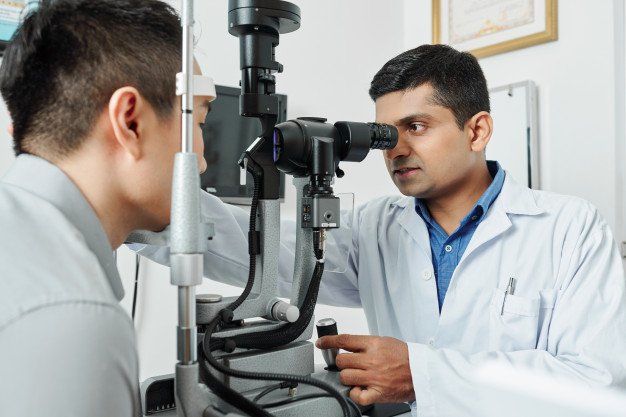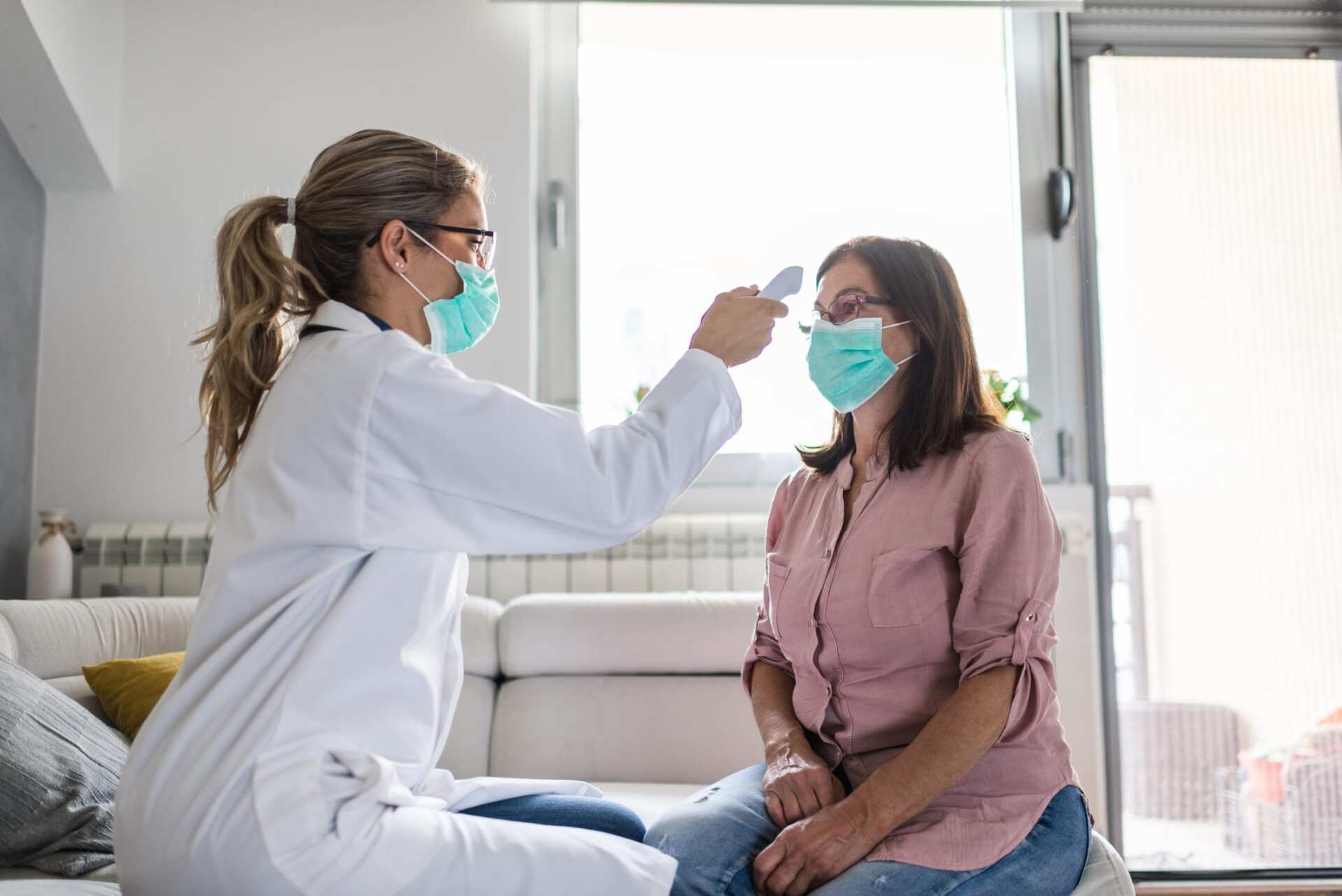Skin Yourself Free of Cancer
What is Skin Cancer?
More than five million people are diagnosed with skin cancer every year, making it the most commonly diagnosed cancer in America today. Skin cancer is the abnormal growth of abnormal cells in the epidermis (outermost skin layer) that is caused by unrepaired DNA damage that triggers mutations. These mutations lead the skin cells to multiply rapidly and form malignant tumors.
Skin Cancer Types
Listed below are different forms of skin cancer or skin condition that can become cancerous.
- Actinic keratosis : These red or pink patches of skin are not cancerous, but they’re considered a form of precancer. If left untreated, these skin masses may develop into squamous cell carcinoma.
- Basal cell carcinoma : The most common form of skin cancer accounts for 90 percent of all cases of skin cancer. They’re slow-growing masses that most often show up on the head or neck.
- Squamous cell carcinoma : This type of skin cancer develops in the outer layers of your skin, and it may show up as red, scaly lesions on your skin.
- Melanoma: This type of skin cancer is less common, but it’s the most dangerous type. In fact, melanoma makes up just one percent of skin cancers, but it causes the majority of skin cancer-related deaths each year. Melanoma forms in the melanocytes, which is the skin cells that create pigment.
Causes
The two main causes of skin cancer are the sun’s harmful ultraviolet (UV) rays and the use of UV tanning machines. Often, the doctor may even detect the growth at a precancerous stage before it becomes a full-blown skin cancer.
- Basal cell carcinoma : This is caused by ultraviolet (UV) rays from the sun or tanning beds. UV rays can damage the DNA inside your skin cells, causing unusual cell growth.
- Squamous cell carcinoma : This cancer is also caused by UV exposure and can develop after long-term exposure to cancer-causing chemicals. It can develop within a burn scar or ulcer, and may also be caused by some type of human papillomavirus (HPV).
- Melanoma: However, the cause of this skin cancer is unclear. Most moles do not turn into melanomas and researchers are not sure why some do. Like basal and squamous cell skin cancers, melanoma can be caused by UV rays but it can also develop in parts of your body that are not typically exposed to sunlight.
Symptoms
Skin cancers aren’t all identical and may not show many symptoms. Still, being alert to changes on your skin may help you get a diagnosis earlier. Symptoms to watch out for includes:
- Skin lesions : A new mole, unusual growth, bump, sore, scaly patch, or dark spot develops and doesn’t go away.
- Asymmetry : The two halves of the lesion or mole aren’t even or identical.
- Border : The lesions have ragged, uneven edges.
- Color: The spot has an unusual color, such as white, pink, black, blue, or red.
- Diameter : The spot is larger than one-quarter inch, or about the size of a pencil eraser.
- Evolving : You can detect that the mole is changing size, color, or shape.
Treatments
Your recommended treatment plan will depend on different factors such as the size, location, type, and stage of your skin cancer. After considering these factors, your healthcare team may recommend one or more of the following treatments:
- Cryotherapy : The growth is frozen using liquid nitrogen and the tissue is destroyed as it thaws.
- Excisional surgery : The growth and some of the healthy skin surrounding it are cut out.
- Mohs surgery : The growth is removed layer by layer, and each layer is examined under a microscope until no abnormal cells are visible.
- Curettage and electrodessication : A long spoon-shaped blade is used to scrape away the cancer cells, and the remaining cancer cells are burned using an electric needle.
- Chemotherapy : Drugs are taken orally, applied topically, or injected with a needle or IV line to kill the cancer cells.
- Photodynamic therapy : A laser light and drugs are used to destroy the cancer cells.
- Radiation : High-powered energy beams are used to kill the cancer cells.
- Biological therapy : Biological treatments are used to stimulate your immune system to fight the cancer cells.
- Immunotherapy : A cream is applied to your skin to stimulate your immune system to kill the cancer cells.
Risk Factors
- Have a family history of skin cancer
- Expose yourself to radiation such as during certain treatments for acne or eczema
- Get excessive or unprotected exposure to UV rays from the sun, tanning lamps, tanning booths, or other sources
- Have multiple, large, or irregular moles
- Have skin that’s pale or freckled
Certain factors increase your risk of developing skin cancer. For example, you are more likely to get skin cancer if you:
How to Prevent Skin Cancer
The good news is that if skin cancer is caught early, a dermatologist can treat it with little to no scarring with high odds of eliminating it entirely. Listed below are ways to prevent skin cancer.
- Avoid tanning beds and sun lamps.
- Avoid direct sun exposure when the sun is strongest, from 10 a.m. to 4 p.m.
- Apply sunscreen and lip balm at least 30 minutes before heading outdoors and reapply regularly.
- Wear sunglasses that offer 100 percent UVB and UVA protection.
It is important to regularly examine your skin for changes like new growths or spots for signs of skin cancer. Identifying and treating it early can help improve the long-term outlook.
Sources:



















